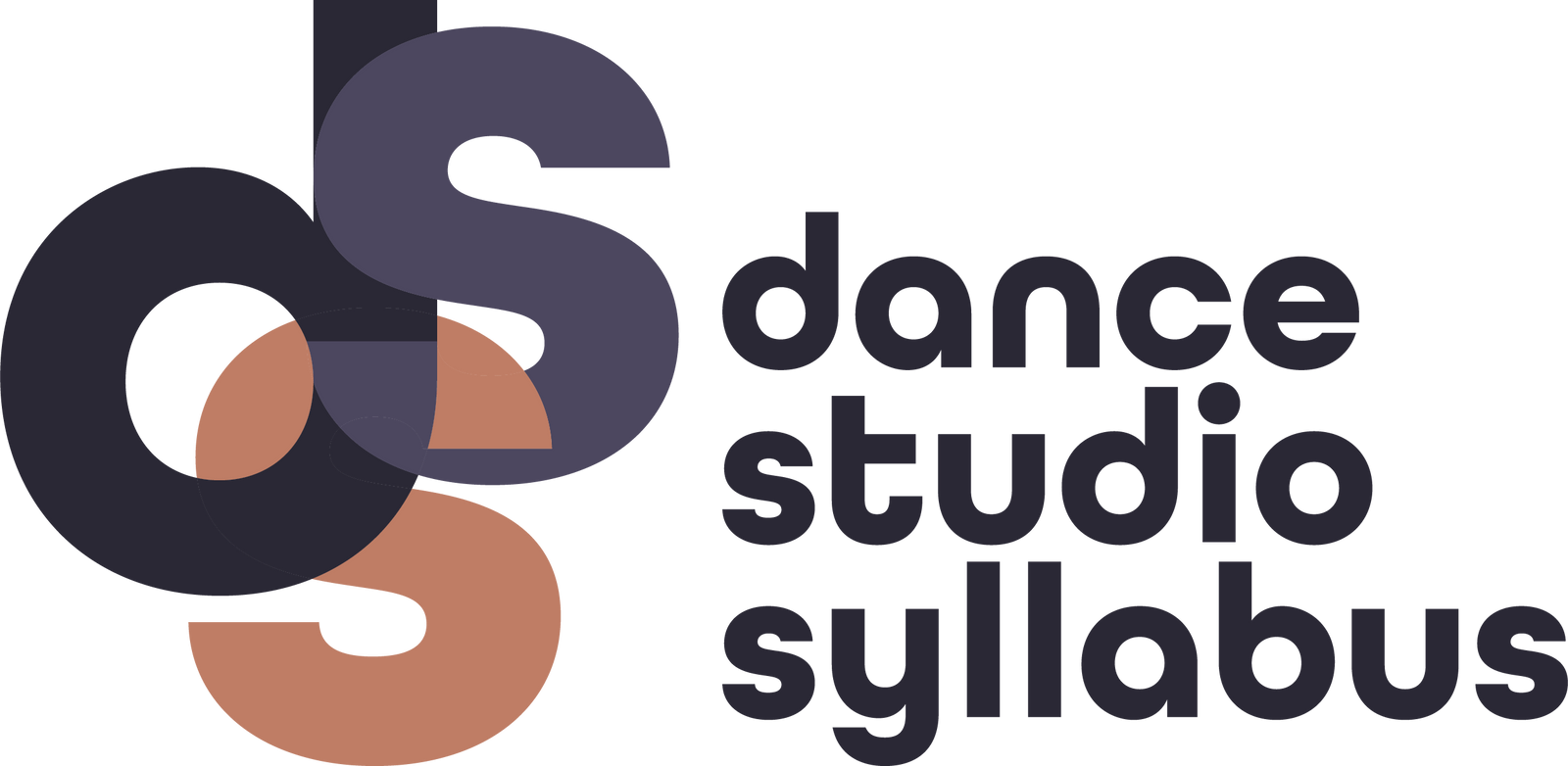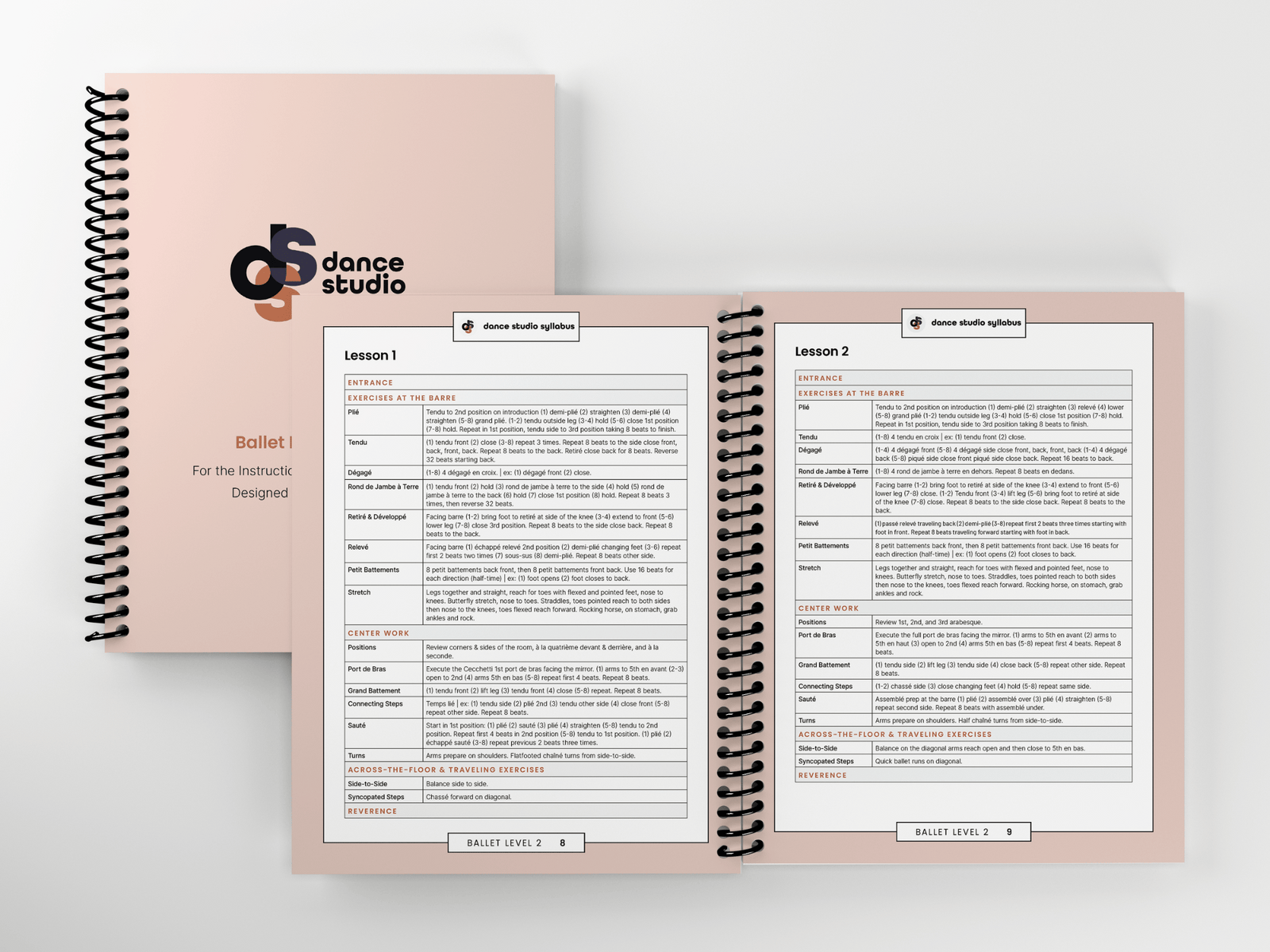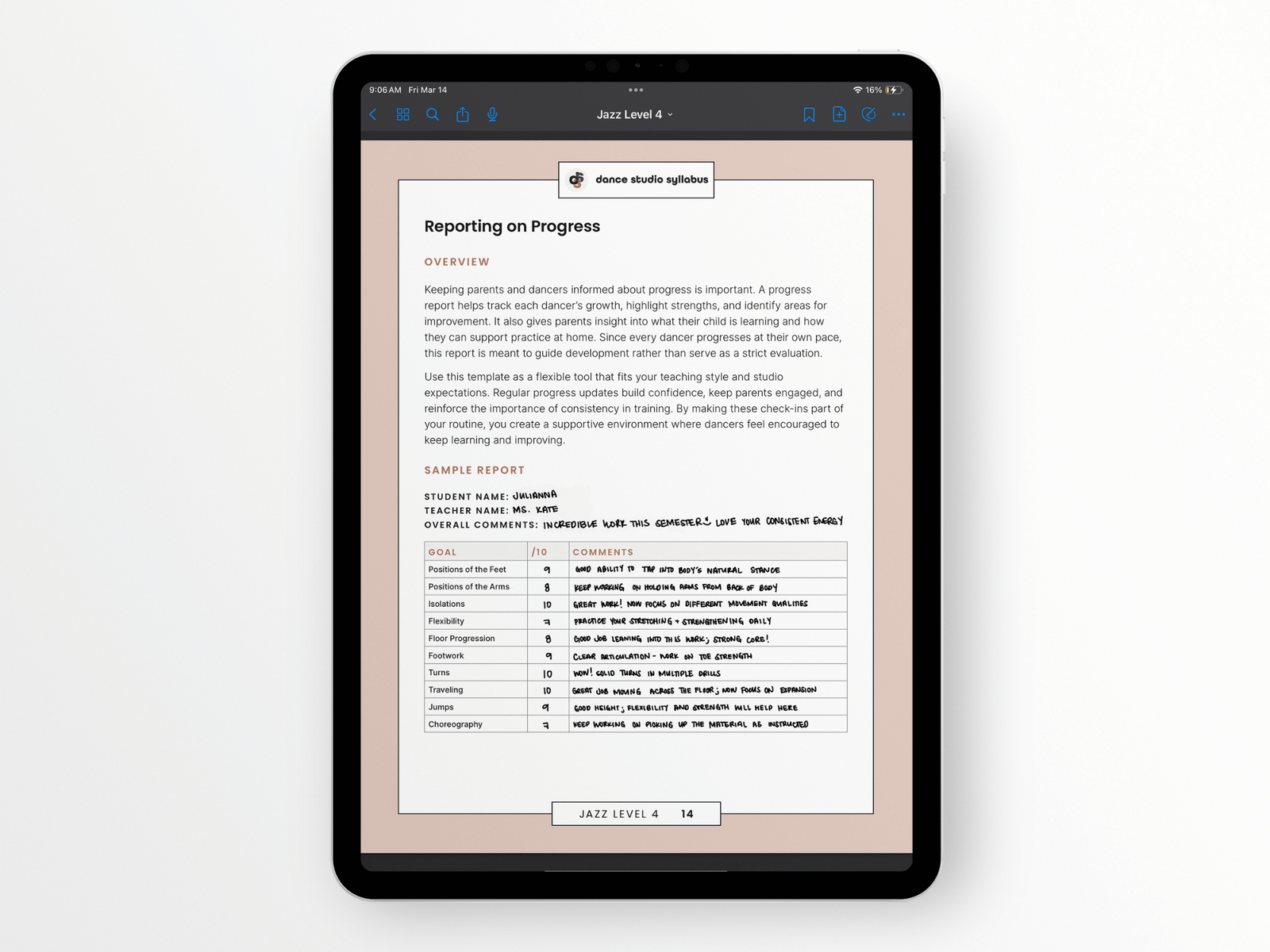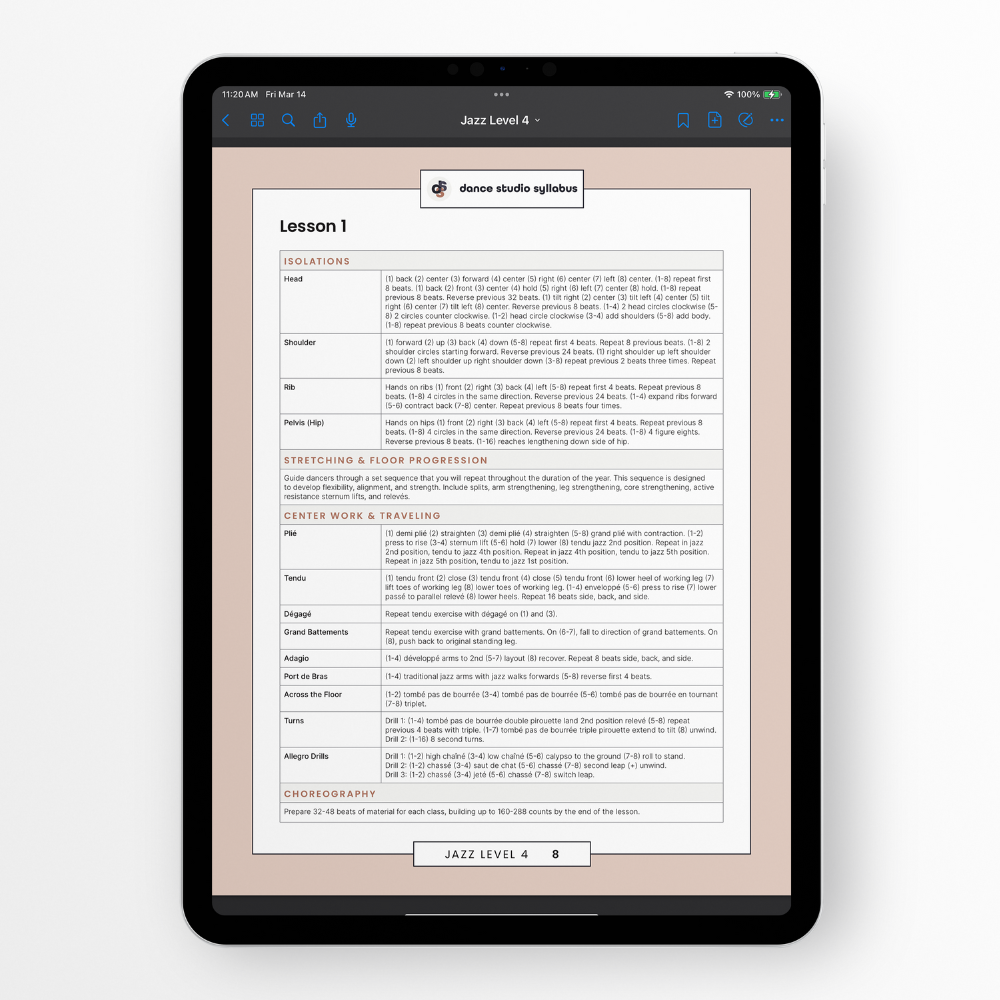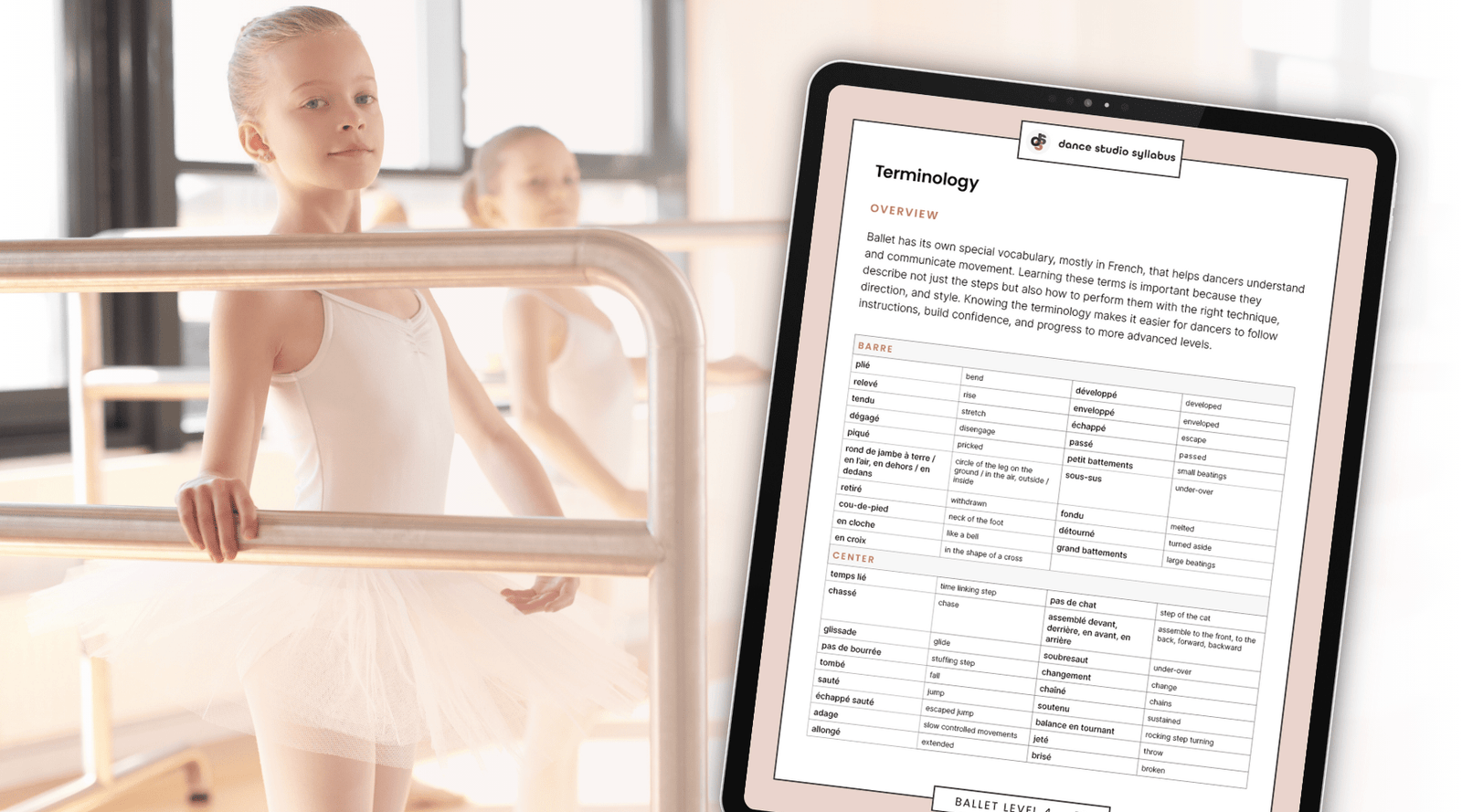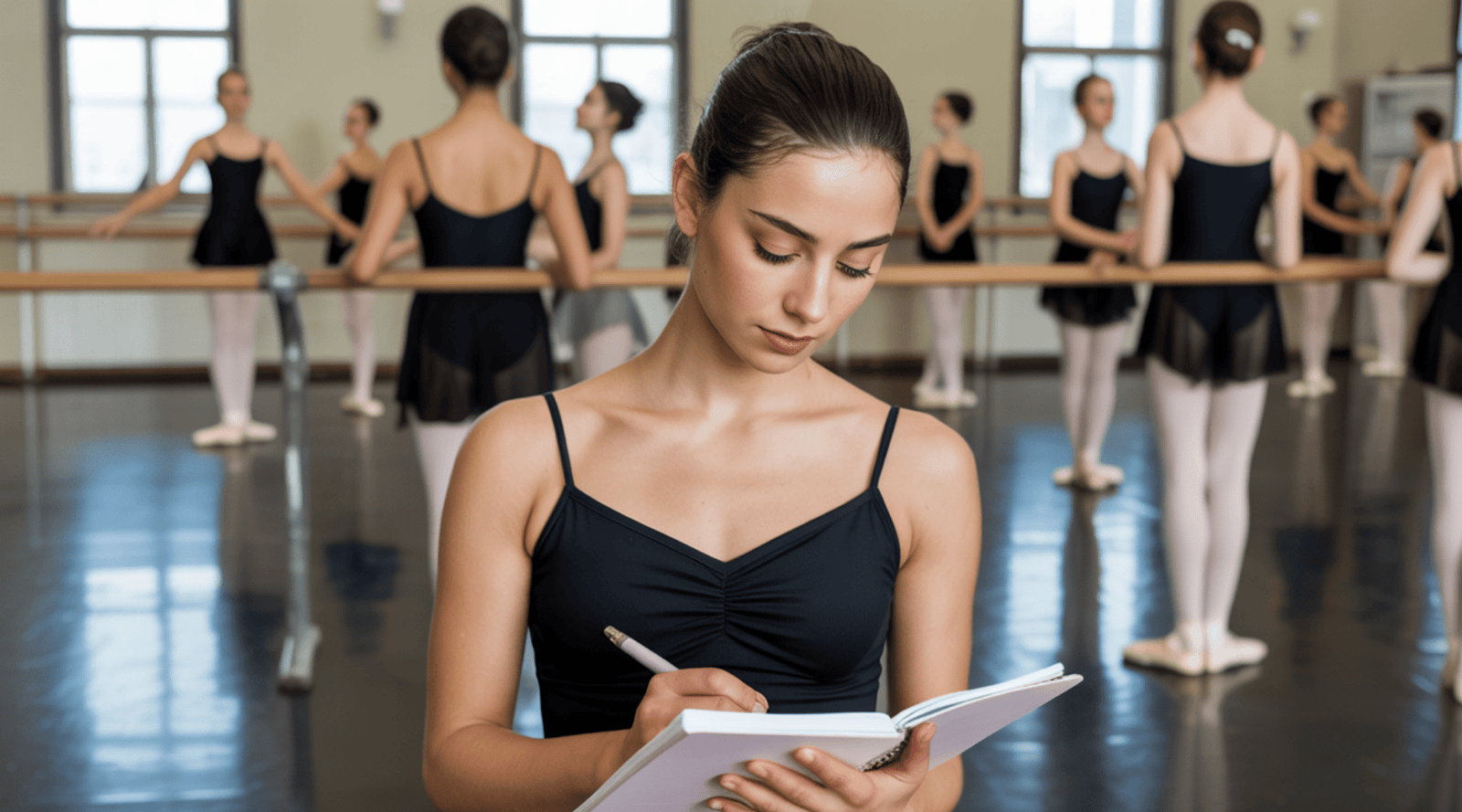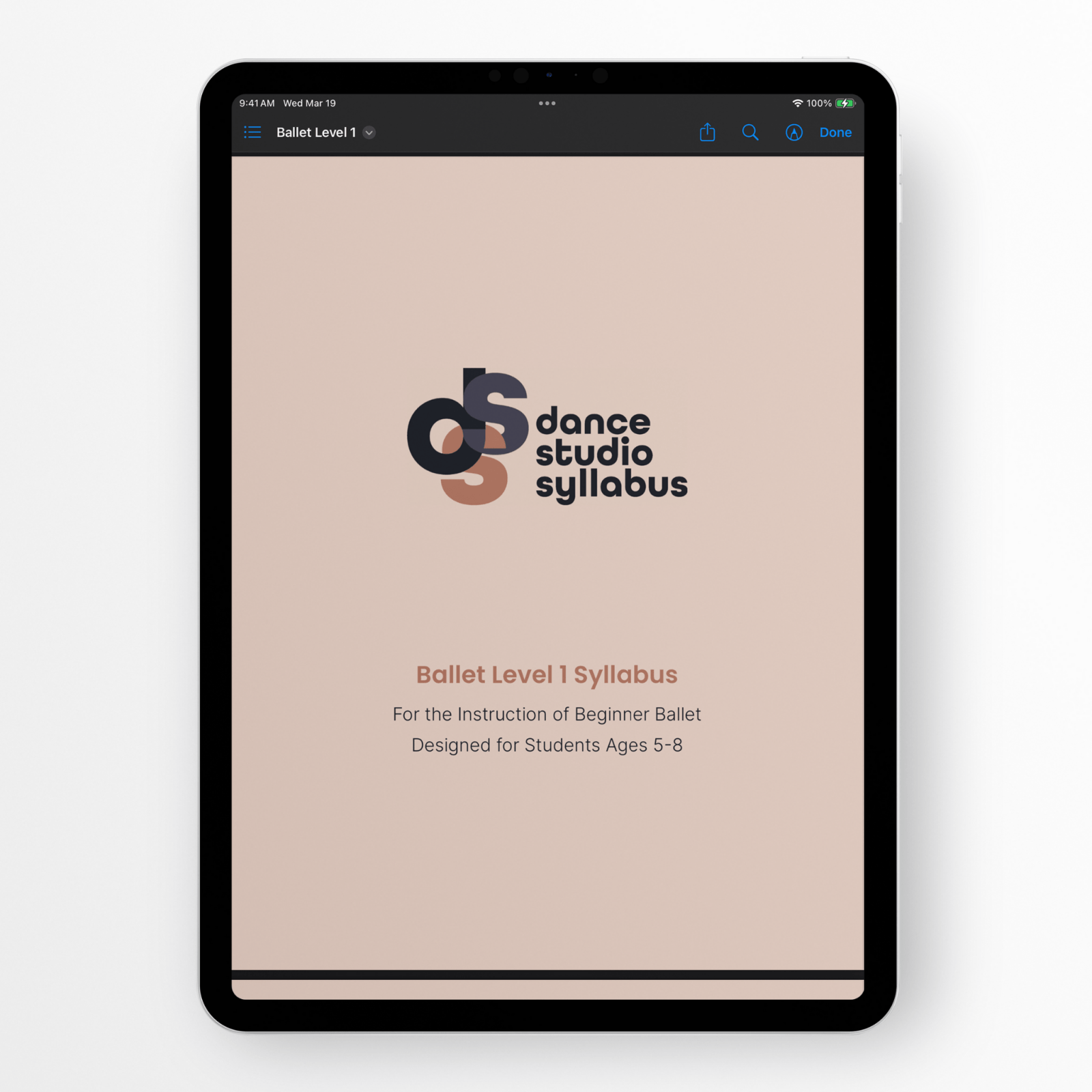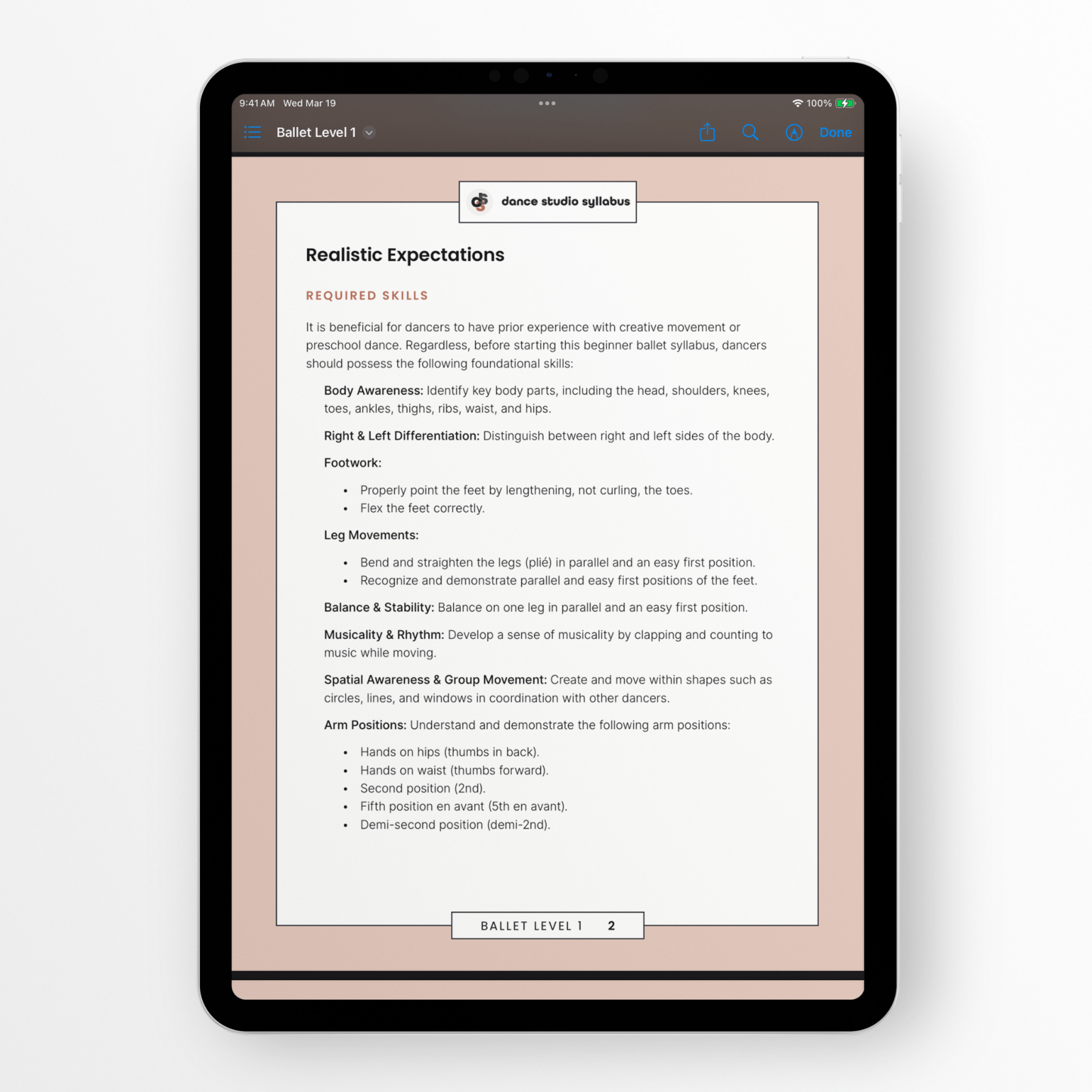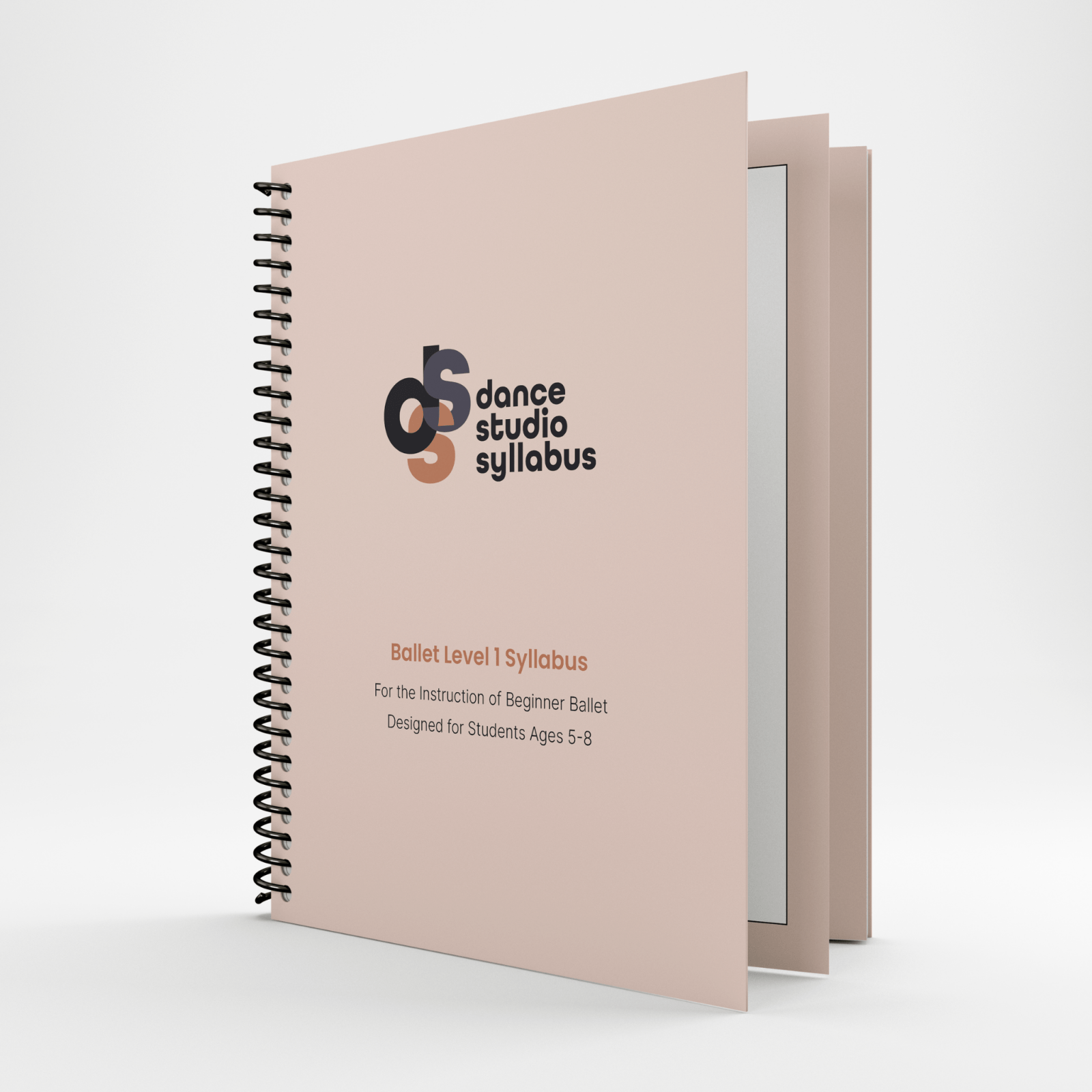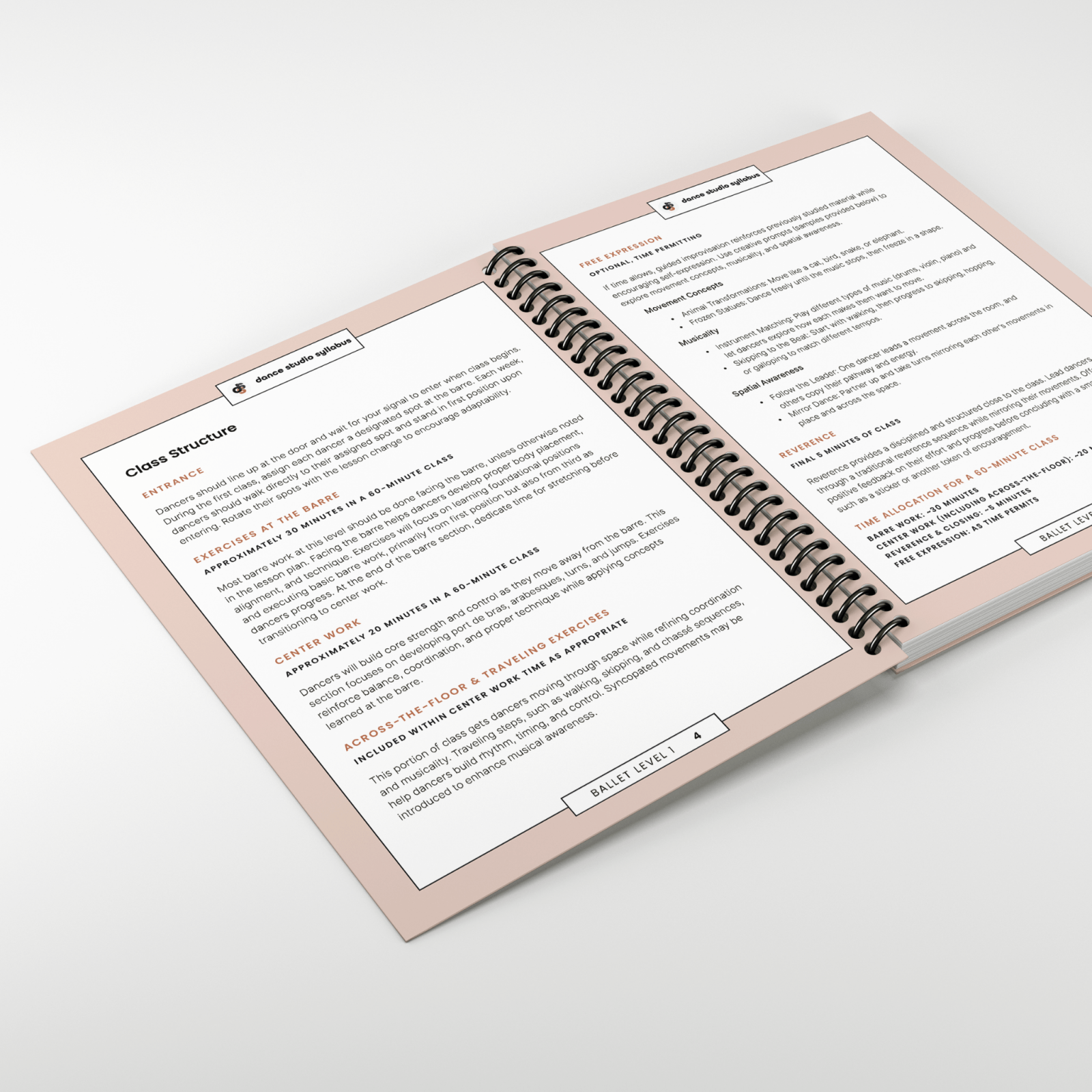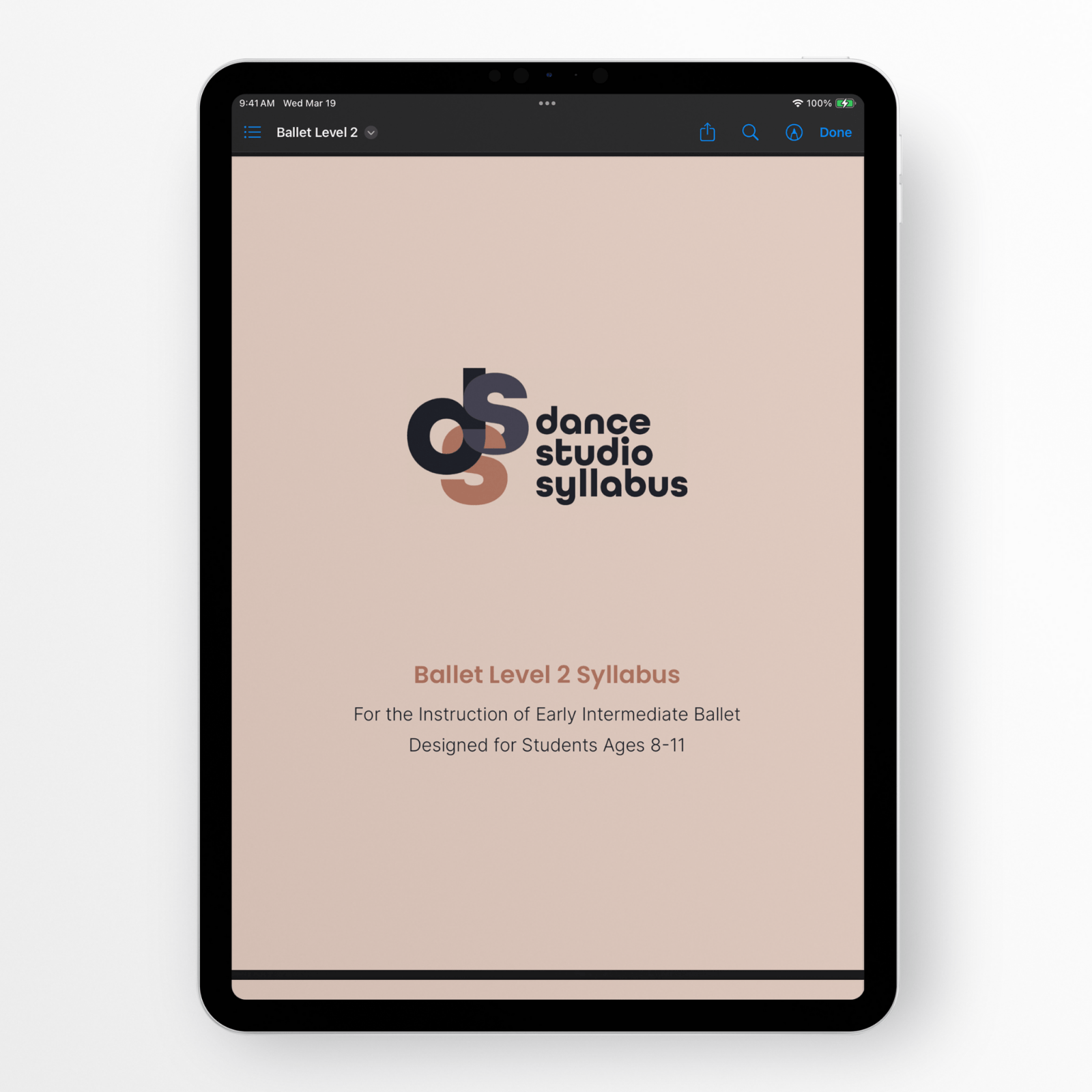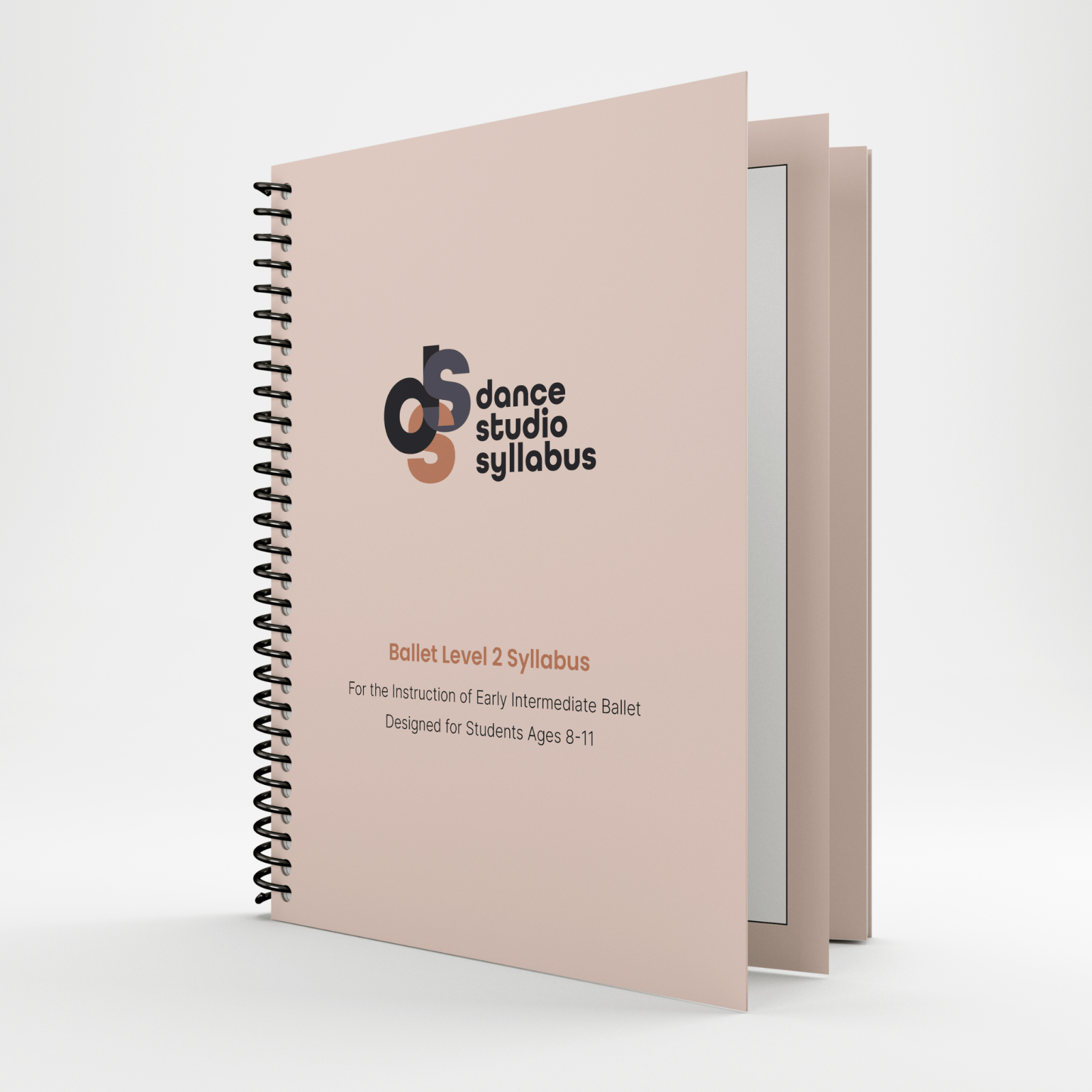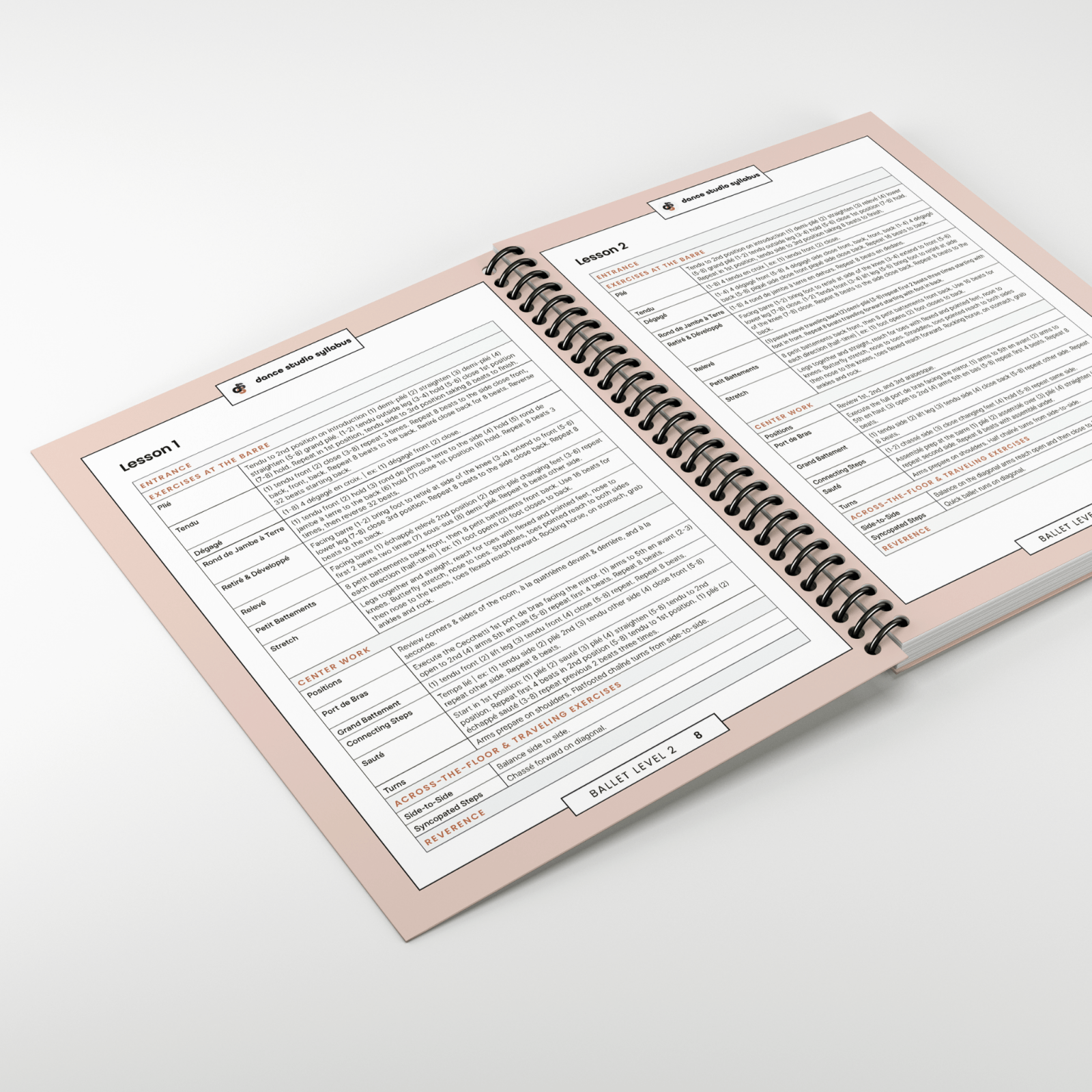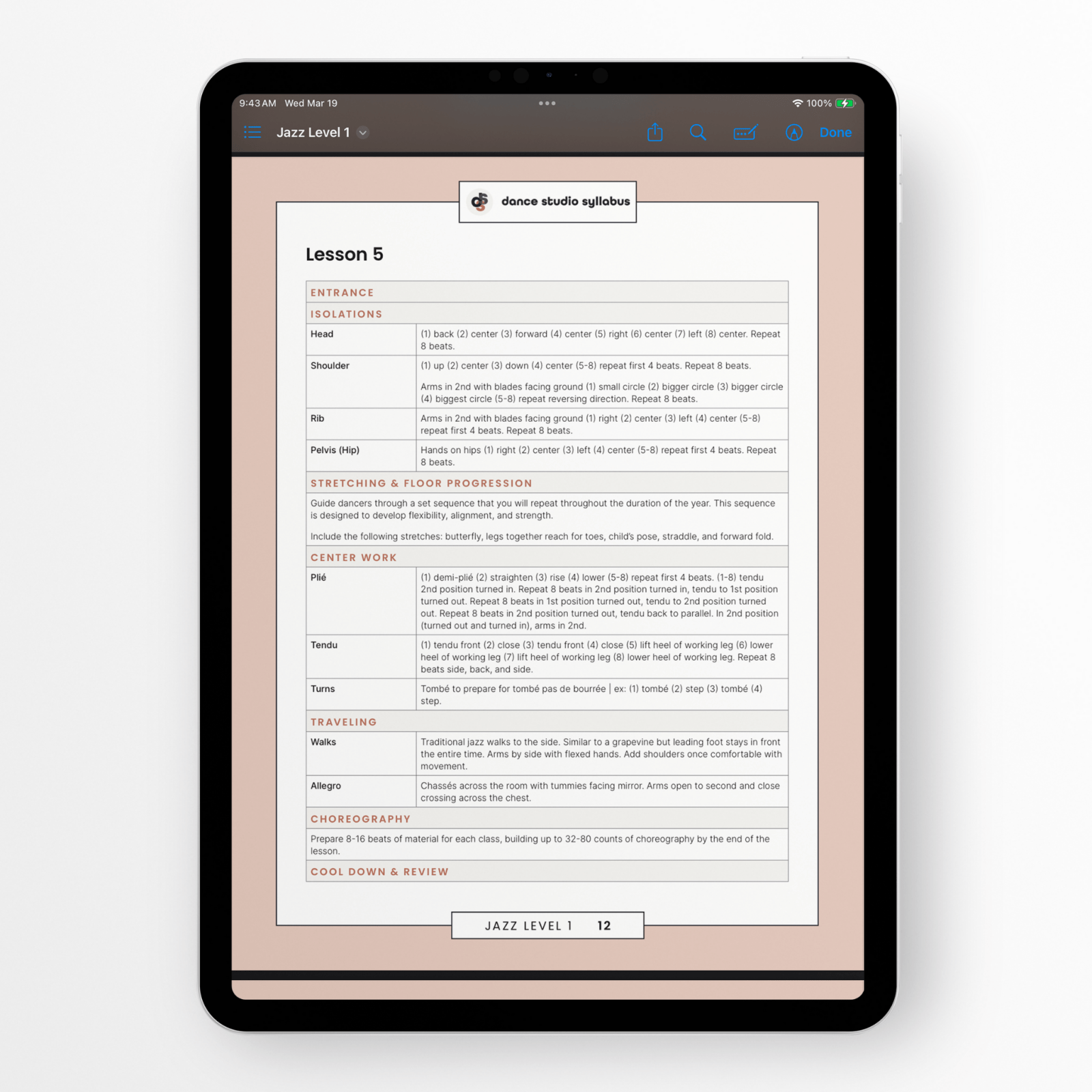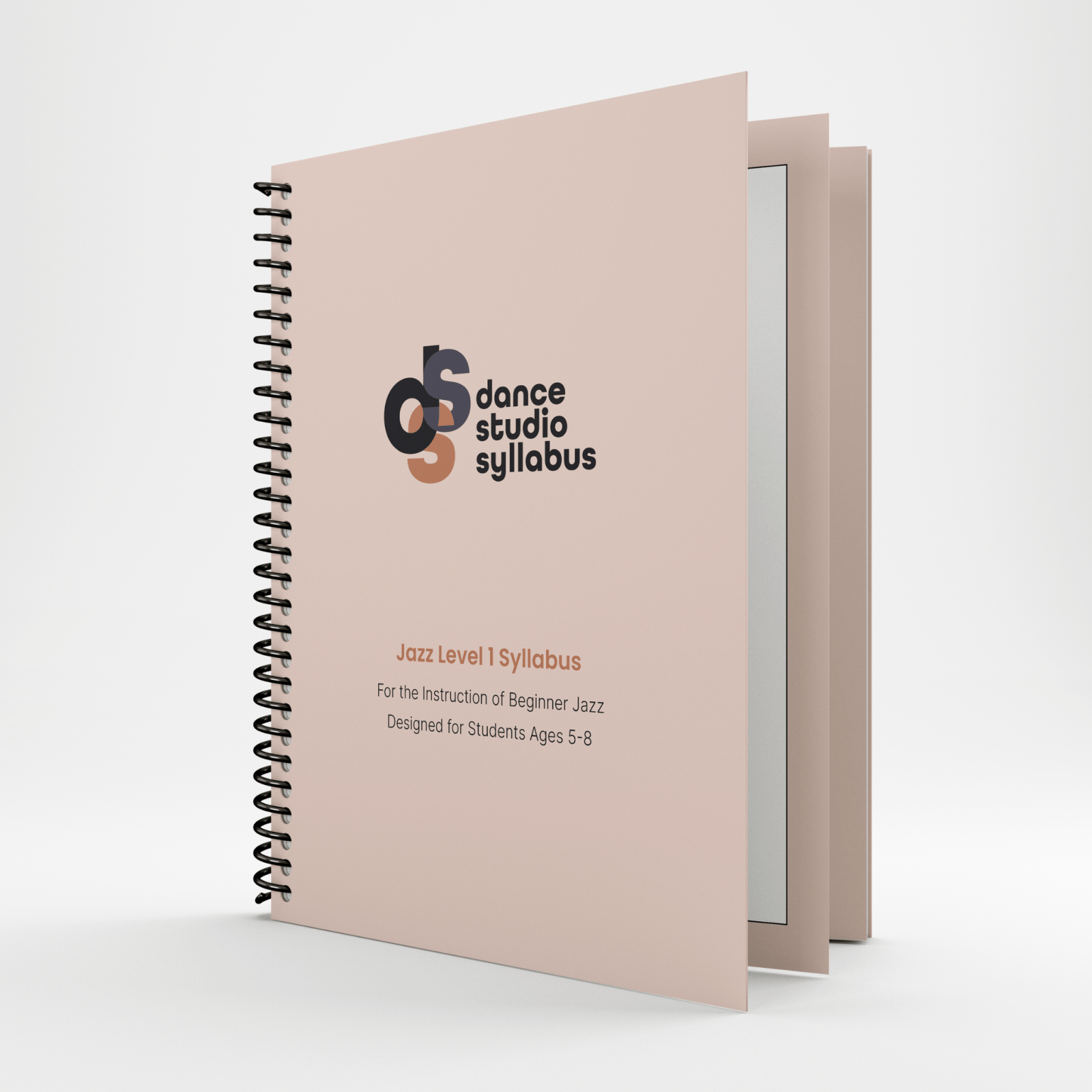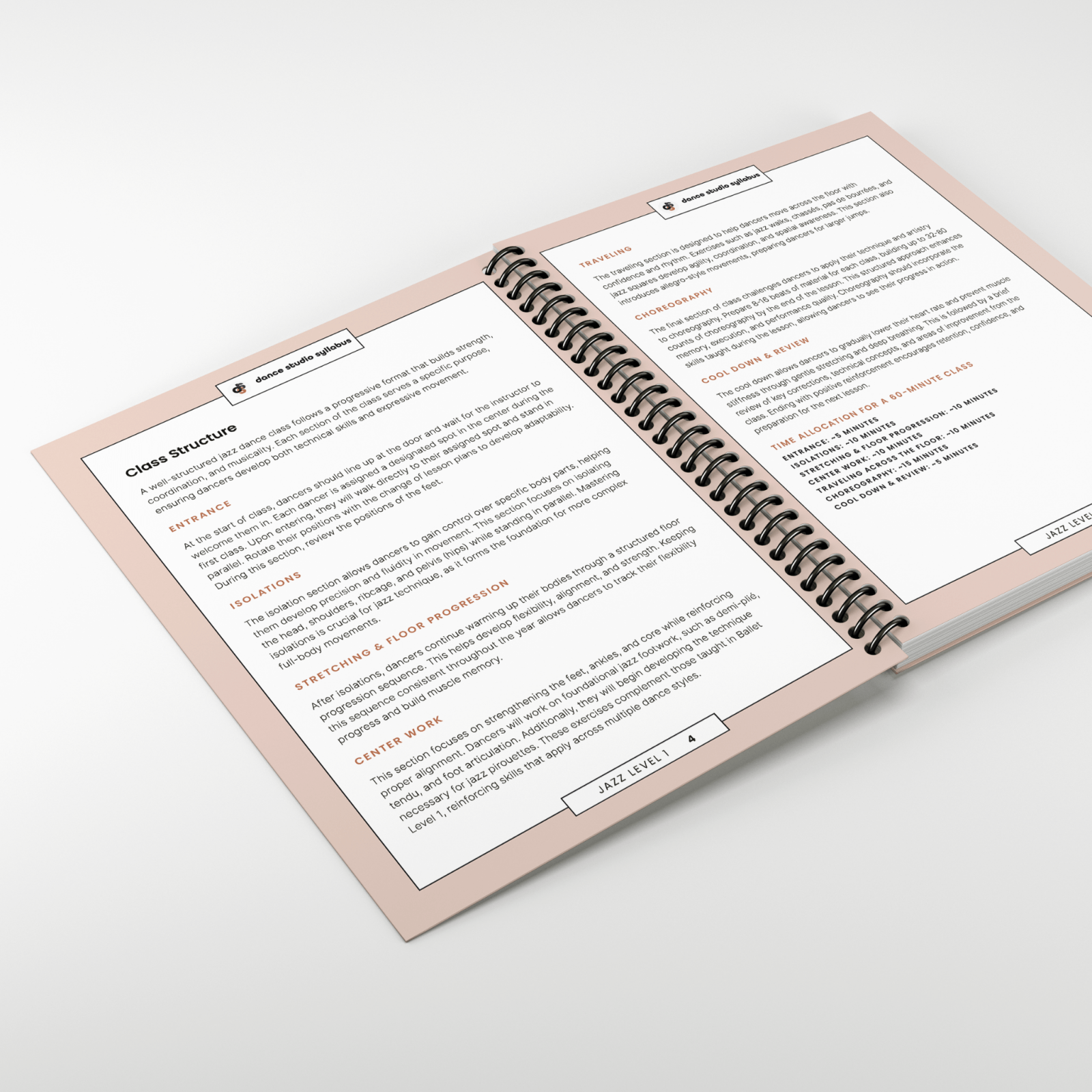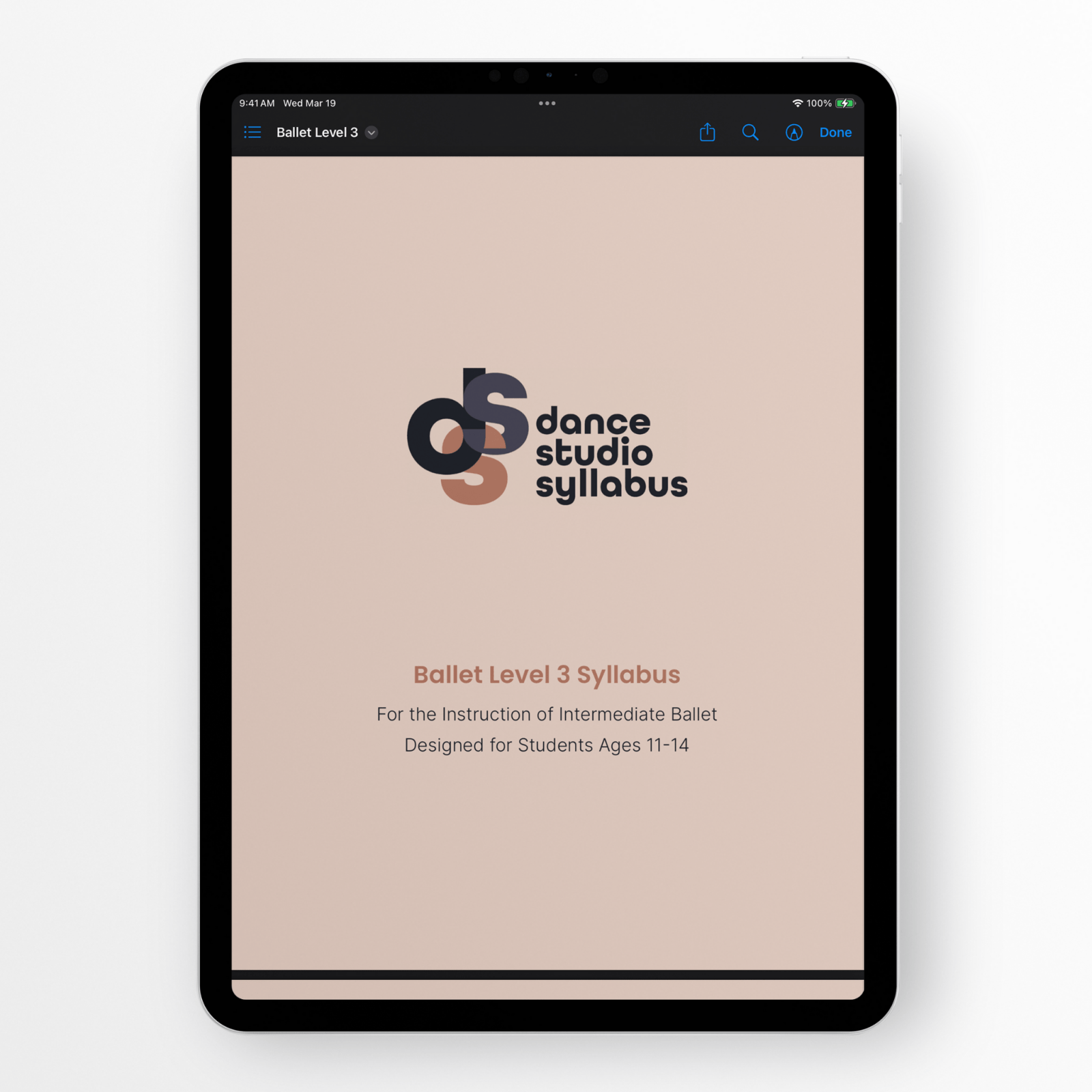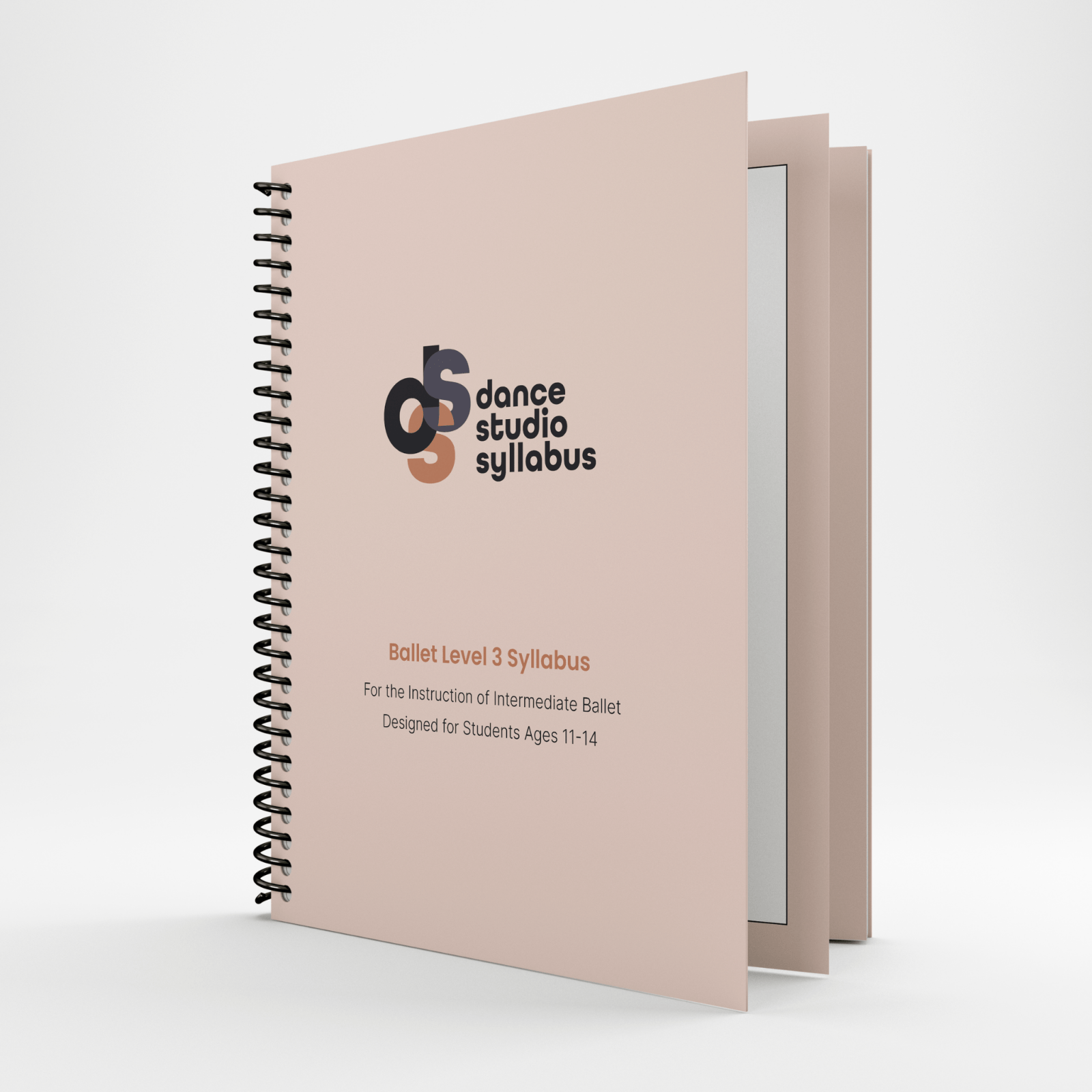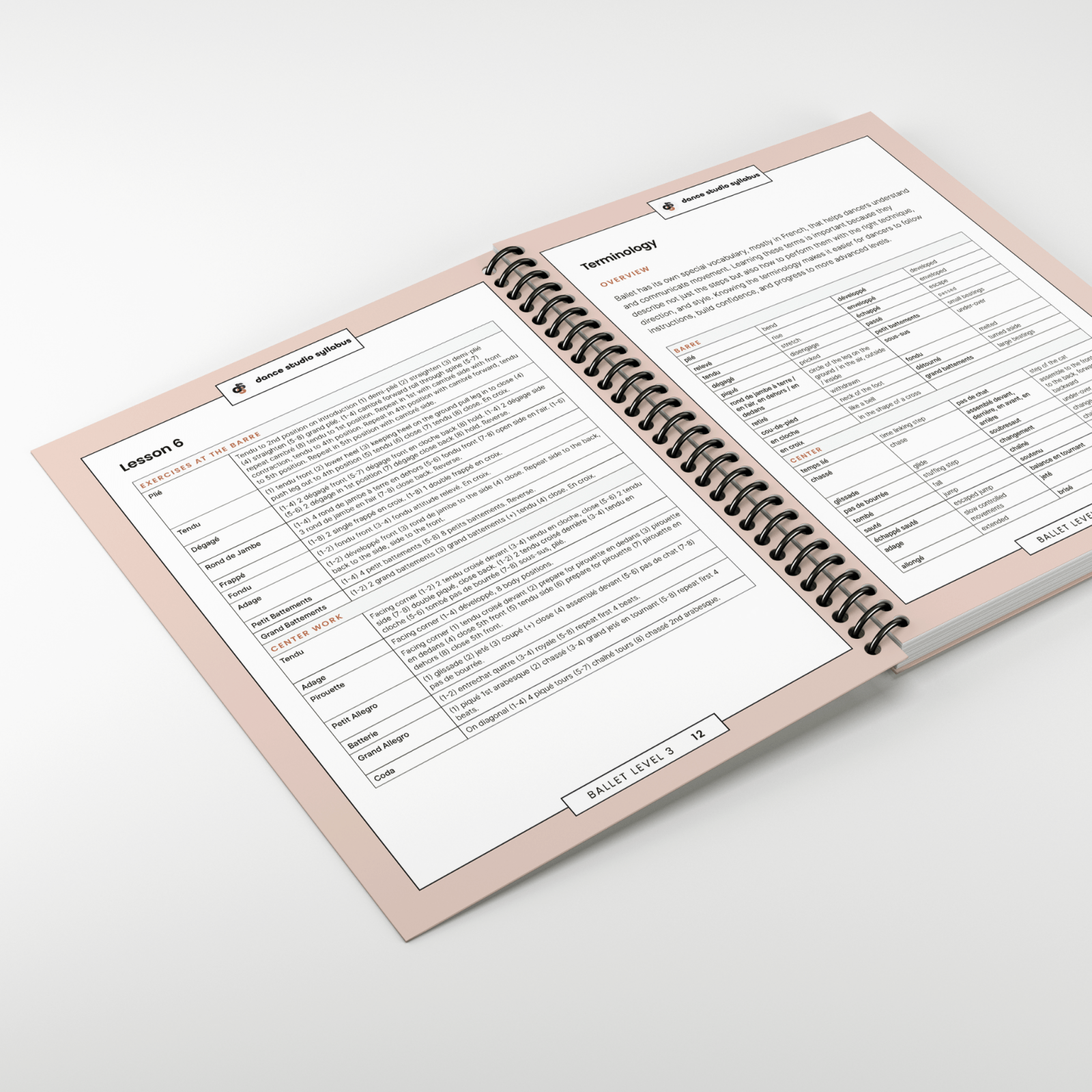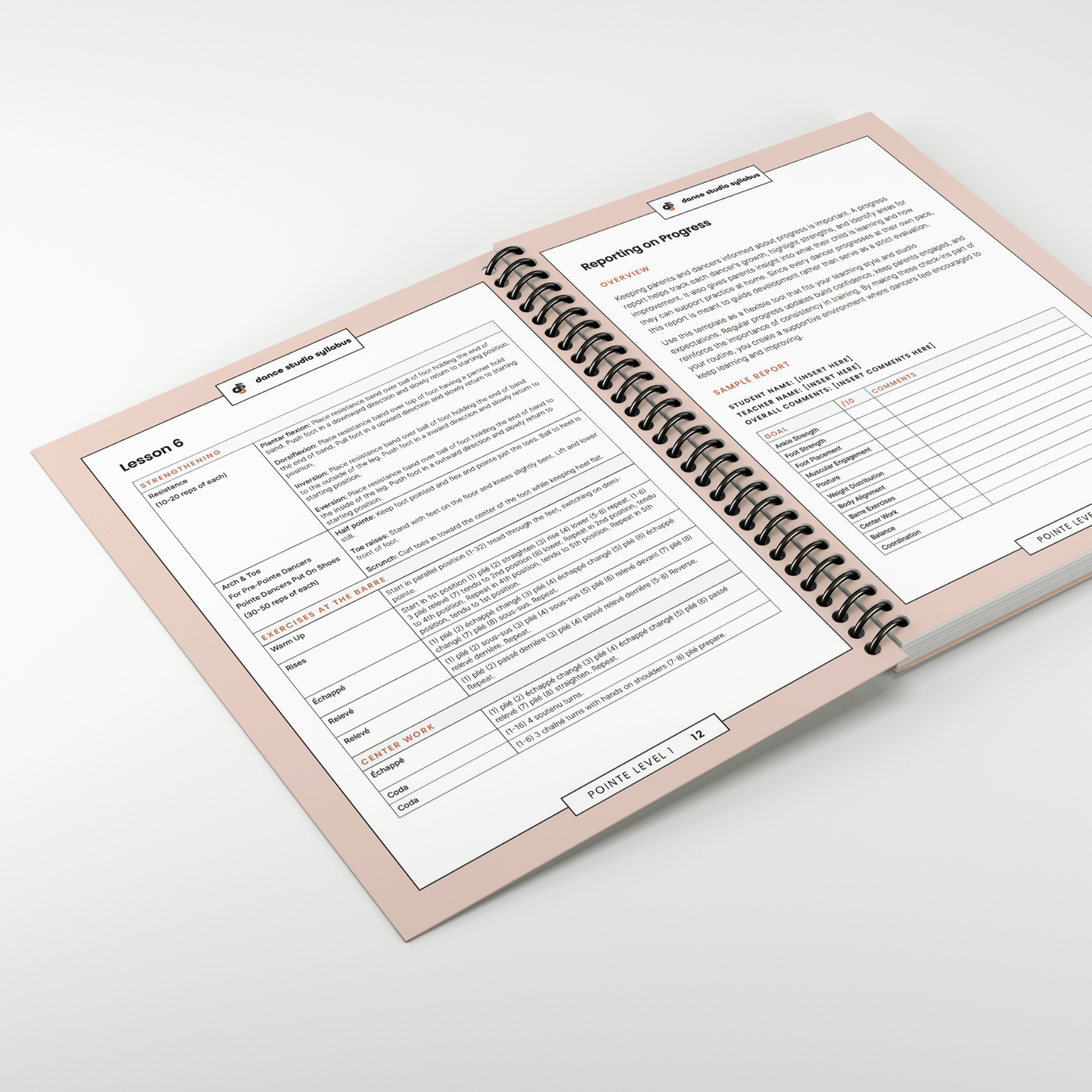Ballet is often referred to as the foundation of dance, and its terminology plays a crucial role in developing a dancer's technical and artistic abilities. Whether a student is training in classical ballet, contemporary dance, jazz, or even ballroom, understanding ballet terminology is essential for effective communication, technical precision, and artistic expression.
In this blog, we will explore why teaching ballet terminology is fundamental for dancers at all levels and how it enhances their learning experience, performance quality, and overall comprehension of movement.
1. Establishing a Strong Technical Foundation
Ballet technique is the backbone of many dance forms. By learning and using proper ballet terminology, dancers gain a deeper understanding of body placement, alignment, and movement execution. Terms such as plié, tendu, and relevé are not just vocabulary words but essential building blocks that help dancers execute movements with precision and grace.
By consistently reinforcing terminology, instructors can help students internalize the correct mechanics of each movement, reducing the risk of injury and promoting proper muscle development. This technical foundation translates across multiple dance styles, making it easier for students to adapt to different techniques and choreography.
2. Enhancing Communication Between Dancers and Instructors
In any dance class, effective communication between instructors and students is essential for progress. Ballet terminology provides a universal language that allows teachers to give clear and concise instructions without the need for excessive demonstration or explanation.
For example, if an instructor asks a student to perform a "pas de bourrée," the student should immediately understand the sequence of steps required. Without this common vocabulary, dancers may struggle to grasp corrections and nuances in movement execution, leading to confusion and inefficiency in training.
Additionally, when dancers attend auditions, master classes, or workshops with different instructors, familiarity with ballet terminology ensures they can follow instructions quickly and execute movements confidently.
3. Improving Performance Quality and Artistic Expression
Ballet is not just about executing steps; it is about storytelling, artistry, and expression. Knowing ballet terminology allows dancers to fully embody the qualities of each movement, helping them express emotions and convey narratives more effectively.
For instance, understanding the meaning behind terms like "port de bras" (carriage of the arms) or "épaulement" (shouldering) allows dancers to apply the appropriate stylistic and expressive elements to their performance. These nuances elevate a dancer’s artistry and help create compelling, professional-quality performances.
When dancers have a strong grasp of terminology, they can also interpret choreographic notes more accurately. Whether rehearsing for a recital, competition, or professional performance, the ability to understand and execute movements based on terminology enhances efficiency and refines the dancer’s overall presentation.
4. Facilitating Cross-Training and Style Adaptability
One of the greatest advantages of learning ballet terminology is its applicability to various dance styles. Many dance genres, including contemporary, jazz, lyrical, and even hip-hop, incorporate ballet-based movements and principles.
For example, a contemporary dancer often uses ballet movements such as arabesques, développés, and grand jetés. A jazz dancer frequently executes turns and extensions rooted in ballet technique. By understanding ballet terminology, dancers can more easily adapt to different styles and cross-train effectively.
This knowledge also makes it easier for dancers to transition between different instructors, schools, or even professional dance companies. Since ballet terminology is globally recognized, dancers who master it will have an easier time integrating into new training environments.
5. Building Confidence and Professionalism
Dancers who are well-versed in ballet terminology exude confidence in their training and performances. Knowing the correct terms gives them a sense of mastery over their craft, allowing them to respond to corrections quickly and execute choreography with greater assurance.
Moreover, professionalism in dance extends beyond performance—it includes the ability to communicate effectively with instructors, choreographers, and peers. In professional auditions, company classes, and rehearsals, dancers who demonstrate fluency in ballet terminology often stand out as disciplined, knowledgeable, and well-trained artists.
6. Supporting Cognitive Development and Memory Retention
Dance is not just a physical art form; it also engages the mind in complex ways. Learning ballet terminology strengthens cognitive skills such as memory retention, pattern recognition, and spatial awareness.
When dancers associate movements with their corresponding terms, they develop a mental map of choreography, making it easier to remember and execute complex sequences. This is especially beneficial when learning long routines, performing variations, or adapting to quick changes in choreography.
Additionally, understanding terminology fosters critical thinking and problem-solving skills. When dancers encounter new or challenging movements, their knowledge of ballet vocabulary allows them to break down the steps, analyze proper execution, and apply corrections effectively.
7. Preparing for Teaching and Leadership Roles
For dancers who aspire to become instructors, choreographers, or artistic directors, a strong command of ballet terminology is essential. Teaching ballet terminology to young dancers helps maintain the tradition and integrity of classical training while ensuring clear and effective instruction.
Dance teachers who use precise terminology can communicate movement concepts efficiently, provide accurate corrections, and instill discipline and structure in their students. Furthermore, dancers who transition into leadership roles benefit from their terminology knowledge when creating choreography, coaching students, or even writing dance curricula.
8. Preserving the History and Tradition of Ballet
Ballet is deeply rooted in history, with terminology that dates back to the 17th century when it was formalized in the French court. Teaching ballet terminology honors this rich tradition and helps dancers appreciate the art form’s historical and cultural significance.
By learning the origins of ballet terms, students gain a deeper respect for the discipline and artistry that have shaped ballet over centuries. This historical awareness enriches their connection to the art and encourages them to uphold the legacy of classical dance.
Conclusion
Teaching ballet terminology is an invaluable component of dance education. It enhances technical proficiency, improves communication, supports artistic expression, and fosters adaptability across multiple dance styles. Additionally, it builds confidence, aids cognitive development, and prepares dancers for future leadership roles in the dance community.
By integrating ballet terminology into daily training, instructors equip dancers with the essential knowledge needed to succeed in their dance careers. Whether a student is a beginner or an aspiring professional, a solid grasp of ballet terminology will undoubtedly contribute to their growth, artistry, and overall excellence in dance.
If you’re a dance educator, consider emphasizing ballet terminology in your lessons—with Dance Studio Syllabus, it couldn't be easier. Each syllabi includes a terminology sheet with age-appropriate vocabulary for you to use in your classes. This is a fundamental investment in your students' long-term development and success in the world of dance!
BONUS: Check out our ballet terminology quiz, where you can test your knowledge for fun!
